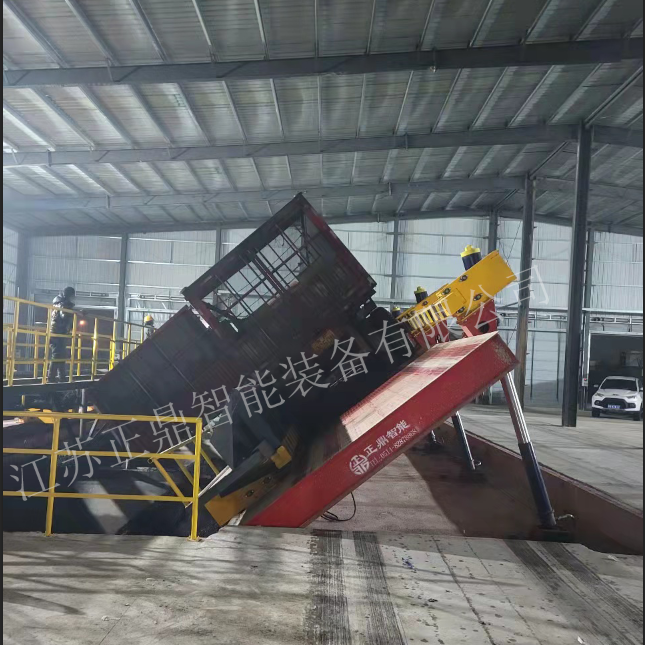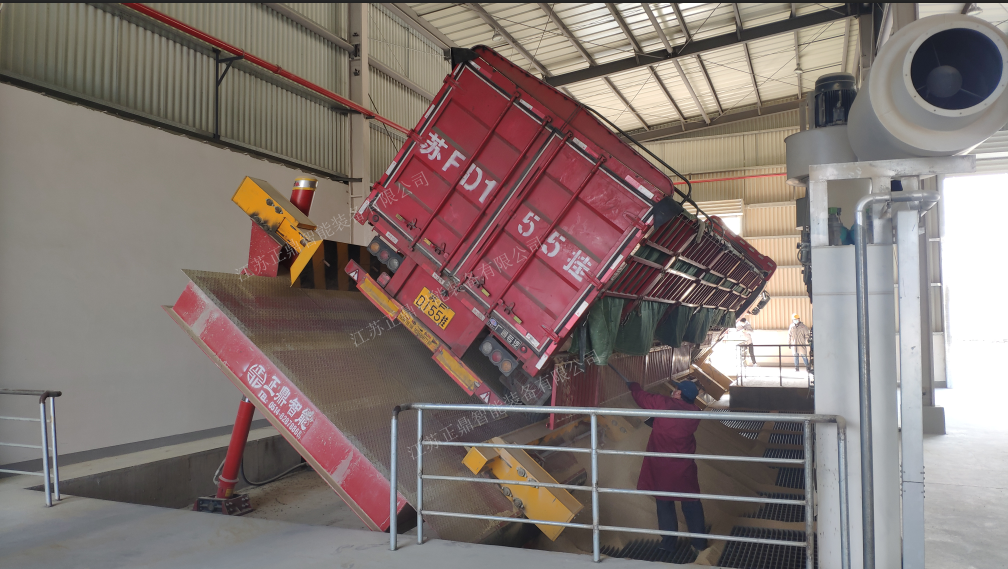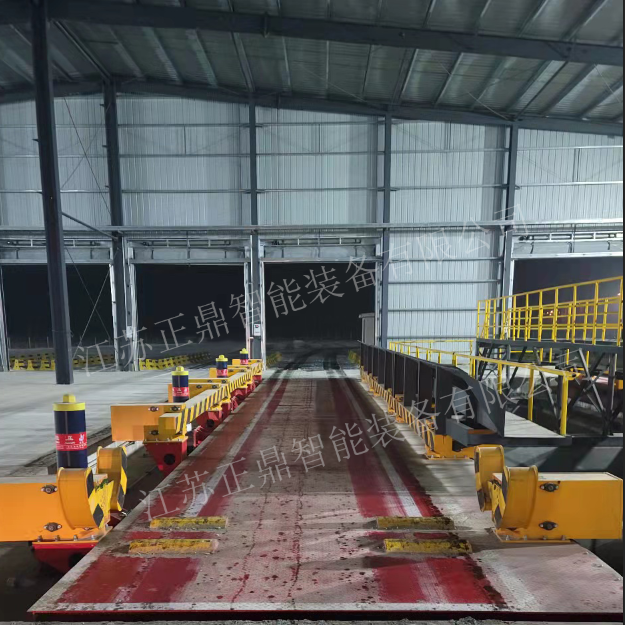unloading 40ft container
Unloading a 40ft container is a critical operation that requires precision, efficiency, and proper planning. This process involves systematically removing cargo from standard shipping containers that measure 40 feet in length, typically used for international trade and logistics. Modern unloading operations incorporate advanced equipment such as forklifts, pallet jacks, and automated systems to ensure safe and efficient cargo handling. The process begins with proper container positioning, followed by careful inspection of cargo securing mechanisms and systematic removal of goods. Technology plays a crucial role through digital inventory management systems, barcode scanning, and real-time tracking capabilities. These containers can accommodate various cargo types, from palletized goods to loose items, making them versatile for different industries. Safety features include proper lighting systems, stable loading docks, and securing mechanisms to prevent accidents during unloading. The entire operation requires skilled personnel who understand weight distribution, cargo handling protocols, and equipment operation. This comprehensive approach ensures minimal damage to goods while maintaining optimal throughput in logistics operations.


